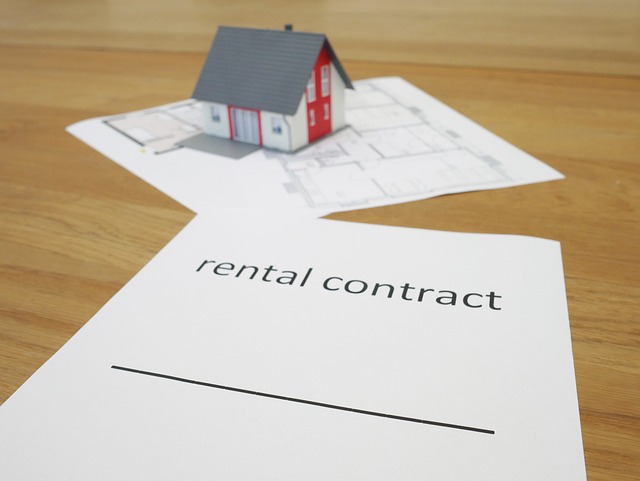Unraveling the Potentials of Repurposed Real Estate: A Deep Dive Into Its Impact and Opportunities
The world of real estate is continuously evolving, with new opportunities and challenges emerging every day. One trend that has been picking up steam is the repurposing of existing properties. This innovative strategy not only breathes new life into underutilized or abandoned properties, but it also presents lucrative investment opportunities.

Repurposing Real Estate: A Historical Perspective
The concept of repurposing real estate isn’t new. For centuries, people have been transforming old mills, factories, and warehouses into residential and commercial spaces. This approach was born out of necessity, as urban growth and economic shifts made it impractical or impossible to demolish and rebuild. However, the trend has gained considerable momentum in recent years, driven by changing social values, environmental concerns, and economic factors.
Current Trends and Financial Insights
In the current real estate market, repurposing has become an increasingly popular strategy. Investors and developers are recognizing the potential of transforming old office buildings, retail spaces, and industrial properties into apartments, hotels, or mixed-use complexes. This trend is particularly prevalent in urban areas, where vacant or underutilized properties are abundant.
From a financial perspective, repurposed real estate can offer attractive returns. The cost of renovation is often lower than new construction, and the unique character of these properties can command premium rents or sales prices. Moreover, many cities and states offer tax incentives for redevelopment projects, further enhancing their financial appeal.
Advantages, Challenges, and Potential Impact
The benefits of repurposing real estate are manifold. It promotes sustainable development by conserving resources and reducing waste. It also contributes to urban revitalization, creating jobs, and enhancing the local economy. Furthermore, repurposed properties often have unique architectural features and a sense of history that appeal to many buyers and renters.
However, repurposing real estate is not without its challenges. These properties may require significant renovations to meet current building codes, and unanticipated problems can arise during the redevelopment process. Additionally, obtaining the necessary permits and approvals can be a complex and time-consuming process.
Despite these challenges, the impact of this trend on the real estate market is significant. It is creating new investment opportunities and adding diversity to the property landscape. For buyers, sellers, and investors, understanding this trend can be a key to unlocking new potential in the real estate market.
The Importance of Research and Market Analysis
Given the complexities and risks associated with repurposing real estate, thorough research and market analysis are crucial. Investors must understand the property’s condition, the cost of renovations, and the potential market for the repurposed property. They must also navigate zoning laws, building codes, and other regulatory issues.
Conclusion
Repurposed real estate presents a fascinating opportunity for investors, developers, and buyers alike. While it comes with its set of challenges, the potential rewards—financial, environmental, and social—make it a trend worth watching. As with any real estate strategy, success lies in understanding the market, conducting thorough research, and making well-informed decisions.




